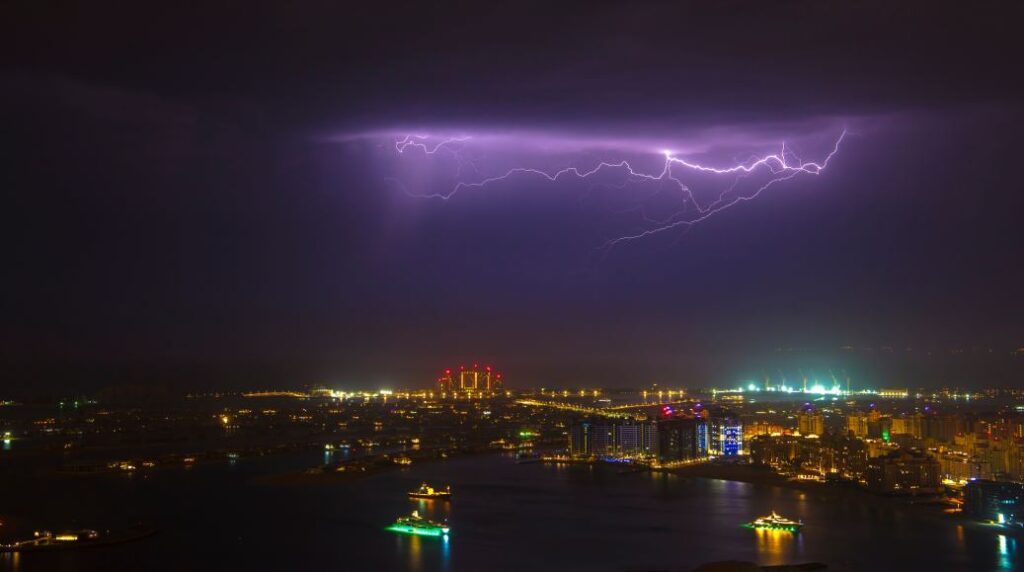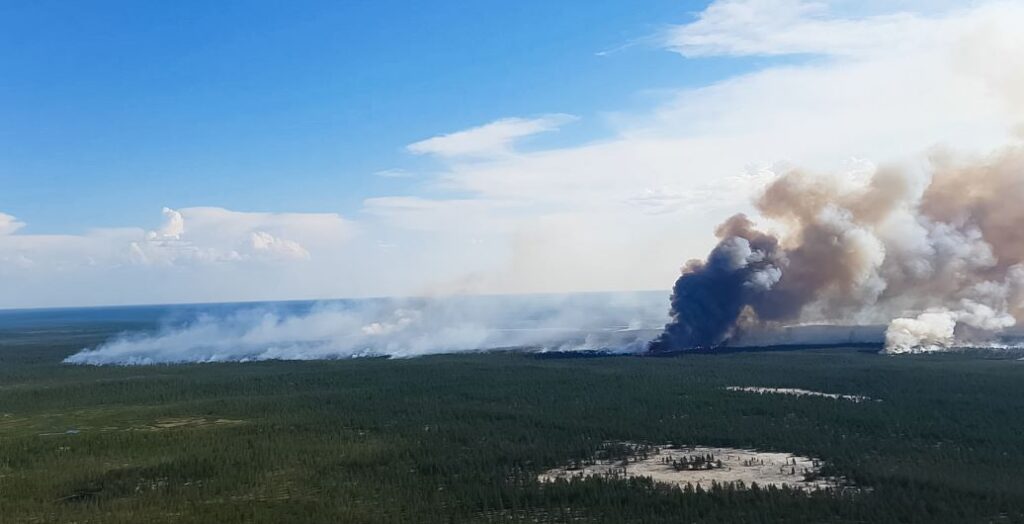A new way for the artificial induction rain
With a harsh, hot desert climate, and rainfall reaching just 10 million a year, the UAE is thirsty for rainwater. In order to find a solution to the problem, they have turned to funding scientific research around the world, with the aim of controlling the rain.
One of the research projects involves the use of catapults, to launch small unmanned aircraft that will electric shock the clouds. A team of scientists from the University of Reading in Britain, proposed the idea in 2017. Some experiments were carried out outside the city of Dubai.
Last summer Dubai used this innovative way of dealing with 50 ° C heat, which is causing serious problems in the country. And this is nothing more than the artificial induction of rain.
The operation was made possible by the use of drones, which release electrical charges into the clouds, causing them to accumulate and to rain heavily. The rain indicates monsoons, while it created problems in the traffic of a busy highway, at the end of which the drivers saw waterfalls being created.
According to the National Meteorological Center of the United Arab Emirates, the rainfall was intensified by cloud collection operations, to increase the rain.

How it is works
The drones carry an electric charge that is released into a cloud, giving cloud droplets the jolt they need to clump together and fall as rain.
The technology of silver iodide
This is one of the first times scientists have used drones in an attempt to stimulate rainfall from clouds. Established techniques for encouraging rainfall in dry countries involve low-flying aircraft or rockets dropping or firing solid particles (such as salt or silver iodide) into clouds. This is known as cloud seeding.
The drones, which are being tested as part of the UAE’s rain-enhancement science-research programme, are equipped with a payload of electric-charge emission instruments and sensors. Human operators on the ground will direct them towards low-hanging clouds, where they will release their charge. Clouds naturally carry positive and negative charges. By altering the balance of these charges, it is hoped that cloud droplets can be persuaded to grow and merge, eventually producing rain.
Maarten Ambaum, a researcher who was part of the team that worked on the drone initiative, mentioned that, the efforts are part of the country’s ongoing “quest to ensure water security” since the 1990s through the UAE Research Program for Rain Enhancement, according to the center.
Water security remains one of the UAE’s “main future challenges” as the country relies on groundwater for two-thirds of its water needs, according to the National Center of Meteorology website. The arid nation faces low rainfall level, high temperatures and high evaporation rates of surface water, the center says. Paired with increased demand due to high population growth, this puts the UAE in a precarious water security situation, according to the center.
Another incident was dealt with in the same way
Artificial rain in the “battle” with the great fires in Siberia 18.08.2021
Forest fires in Siberia have already devastated more than 166 million acres, especially in Yakutia, which is a huge but sparsely populated area.
At least 5,000 people have been killed in the blaze, but dense smoke has prevented aircrafts from taking off, according to the Yakutia Crisis Committee.
Artificial rain technology has also been used in the United Arab Emirates
Last July, the United Arab Emirates, one of the hottest regions in the world, became the first country in the Persian Gulf region to use artificial rain technology. This project took many years and cost millions of dollars.

Doubts from environmentalists
This technology was originally used by the military. The Americans used silver iodide to cause rainstorms over Vietnam during the 1960s war.
In Russia, meteorologists developed the method of creating good weather in 1990. It was first tested nationally on the 50th anniversary of the Nazi victory in 1995.
Although this technology is promising, it has raised doubts among some environmentalists. It disturbs the natural balance and creates some times uncontrollable rain, which can last for a long time, accompanied by a sudden change in atmospheric pressure.



